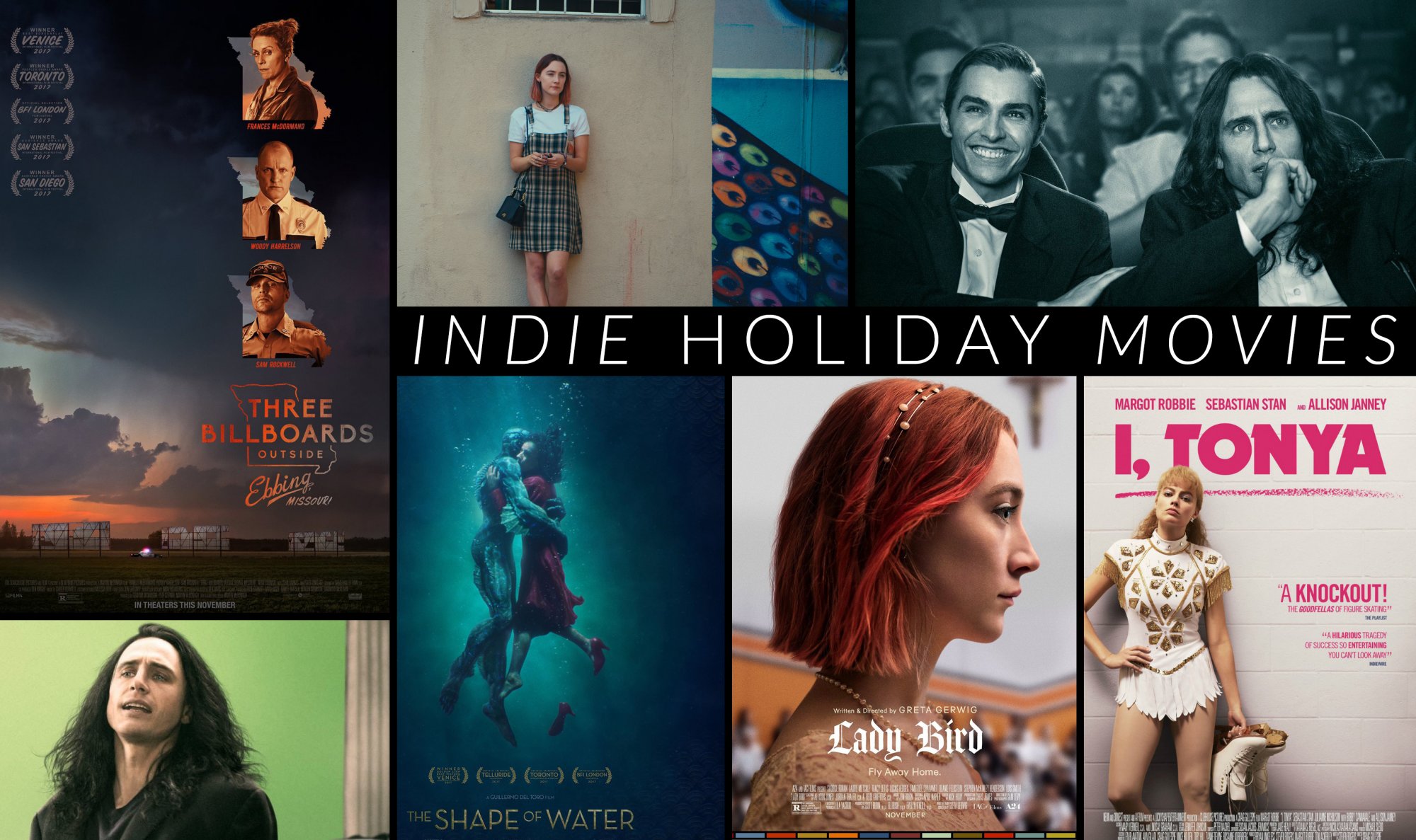Indie Films: Why Small Budget Movies Are Making a Big Impact
In recent years, independent (indie) films have gained significant traction, carving out a space in both the entertainment industry and popular culture. While Hollywood blockbusters continue to dominate the box office, indie films have become powerful storytellers in their own right, often challenging conventional norms and offering unique perspectives. Despite their smaller budgets, these films are making a big impact—here’s why.

The Appeal of Authenticity and Creativity
Indie films are often celebrated for their authenticity, emotional depth, and creativity. Unlike big-budget Hollywood films, which are sometimes constrained by commercial interests, indie filmmakers have the freedom to explore unconventional storylines, experimental narratives, and diverse perspectives. This creativity leads to fresh ideas that captivate audiences looking for something outside of mainstream cinema.
Story-Driven Films
While big-budget blockbusters often rely heavily on special effects, action sequences, and star power, indie films tend to focus more on storytelling, character development, and emotional depth. Filmmakers in the indie world are not bound by the same financial pressures that large studios face, allowing them to prioritize meaningful, often more personal stories. This results in more nuanced and compelling narratives that resonate deeply with viewers.
Risk-Taking and Innovation
Indie filmmakers are often willing to take risks that big studios avoid. They experiment with storytelling techniques, non-linear narratives, and diverse genres, creating films that stand out from mainstream content. This innovative approach often leads to fresh cinematic experiences and artistic works that might not otherwise find a home in the commercial film industry.
Lower Budgets, Higher Returns
A defining characteristic of indie films is their relatively small budgets, which is often seen as a constraint. However, filmmakers in the independent sphere are able to stretch their resources further and achieve great success, both financially and critically.
Financial Efficiency
Indie filmmakers tend to be more resourceful, using limited budgets to achieve more with less. They are skilled in maximizing their resources—utilizing smaller sets, relying on smaller crews, or shooting in locations that add authenticity to the story. By focusing on what truly matters—story, character, and performance—indie films often deliver remarkable cinematic experiences without the excessive cost associated with big-budget films.
Box Office Successes
Many indie films, despite their modest budgets, have gone on to achieve significant box office success. For example, The Blair Witch Project (1999), made on a budget of just $60,000, grossed over $248 million worldwide. Similarly, Paranormal Activity (2007) had a budget of only $15,000 but grossed $193 million globally. These films demonstrate that a compelling narrative and clever marketing strategy can lead to substantial financial rewards, even without massive financial backing.
Festival Recognition and Critical Acclaim
One of the key ways indie films break through into the mainstream is through film festivals, where they are often first introduced to the world. Renowned festivals such as Sundance, Cannes, and Toronto International Film Festival (TIFF) provide platforms for smaller films to gain attention, recognition, and distribution deals.
Film Festival Platforms
Film festivals are a crucial starting point for many indie films, providing exposure to industry professionals, critics, and the public. Winning awards or receiving nominations at these festivals can catapult an indie film into the limelight, leading to wider distribution and recognition. For example, Little Miss Sunshine (2006) gained widespread attention after winning the Audience Award at the Sundance Film Festival, eventually becoming a box office hit and earning Academy Award nominations.
Academy Recognition
Many indie films have broken into the mainstream through critical acclaim, earning prestigious awards such as Oscars, Golden Globes, or BAFTA nominations. Films like Moonlight (2016), The Artist (2011), and The Hurt Locker (2008) earned the highest honors despite their smaller budgets. These accolades prove that indie films are not only capable of competing with major studio releases but can often outperform them in terms of artistry and impact.
Diverse Perspectives and Representation
One of the most significant contributions of indie films is their ability to provide representation and diverse perspectives that are often underrepresented in mainstream cinema. Indie filmmakers have the freedom to tell stories from different cultures, identities, and experiences, offering viewers a more inclusive and varied array of narratives.
Amplifying Marginalized Voices
Indie films often shine a light on voices that are typically marginalized in Hollywood, such as stories focused on LGBTQ+ communities, racial minorities, or underrepresented socioeconomic backgrounds. These films give voice to groups whose experiences are rarely explored in mainstream media, thereby fostering a more inclusive and empathetic cinematic landscape.
Global Storytelling
While Hollywood films primarily cater to American audiences, indie films tend to have a more global focus, reflecting diverse cultural, social, and political environments. Independent filmmakers from around the world tell their stories in their own unique voices, providing audiences with a rich and varied selection of international cinema. This diversity in storytelling is especially important in an increasingly interconnected world.
Changing Distribution Channels
The way indie films reach audiences has evolved dramatically in recent years, with digital platforms playing a major role in expanding their reach. Streaming services like Netflix, Amazon Prime, and Hulu have opened new doors for independent filmmakers to showcase their work to a global audience without relying on traditional theater releases.
Direct-to-Streaming Platforms
Many indie filmmakers are bypassing traditional distribution channels and releasing their films directly on streaming platforms. This provides a more accessible and cost-effective way for filmmakers to reach a broad audience. For instance, films like The Irishman (2019) and Marriage Story (2019) were produced by Netflix, offering them the platform to gain global recognition.
Digital Distribution and Crowdfunding
In addition to streaming services, digital distribution platforms such as iTunes, Vimeo On Demand, and YouTube also provide an avenue for indie filmmakers to distribute their films worldwide. Crowdfunding platforms like Kickstarter and Indiegogo have further empowered filmmakers by allowing them to fund projects directly through public donations, enabling more unique and independent projects to come to life.

A More Personal Connection with Audiences
Indie filmmakers often have a closer relationship with their audience compared to the commercial side of the industry. Independent films typically generate strong word-of-mouth through niche communities, film lovers, and critics who share their admiration for the film’s originality and authenticity.
Direct Engagement with Fans
Because of their smaller budgets and focus on community, indie filmmakers often engage directly with their fans on social media and through grassroots marketing. This engagement helps build a loyal fan base that supports the film and its creators throughout the production and post-production process.
Cult Following and Longevity
Indie films often develop a cult following—films like The Rocky Horror Picture Show (1975) and Donnie Darko (2001) have grown in popularity over time, finding new audiences long after their initial release. This lasting impact is something that many indie films share, creating an enduring connection with fans and ensuring their place in film history.
Conclusion
Despite being small in budget, indie films are making an enormous impact on the film industry by offering fresh, creative, and thought-provoking content that challenges the conventions of mainstream cinema. From authenticity and innovation to powerful storytelling and diverse representation, indie films continue to push the boundaries of what is possible in filmmaking. As technology advances and distribution channels expand, the indie film industry is poised to grow even further, providing both filmmakers and audiences with opportunities to explore new creative landscapes.
The future of cinema is not just in the hands of big studios; it’s also in the hands of independent filmmakers who are determined to create art on their own terms. Through their passion, vision, and dedication, indie films will continue to shape the landscape of cinema for years to come.












